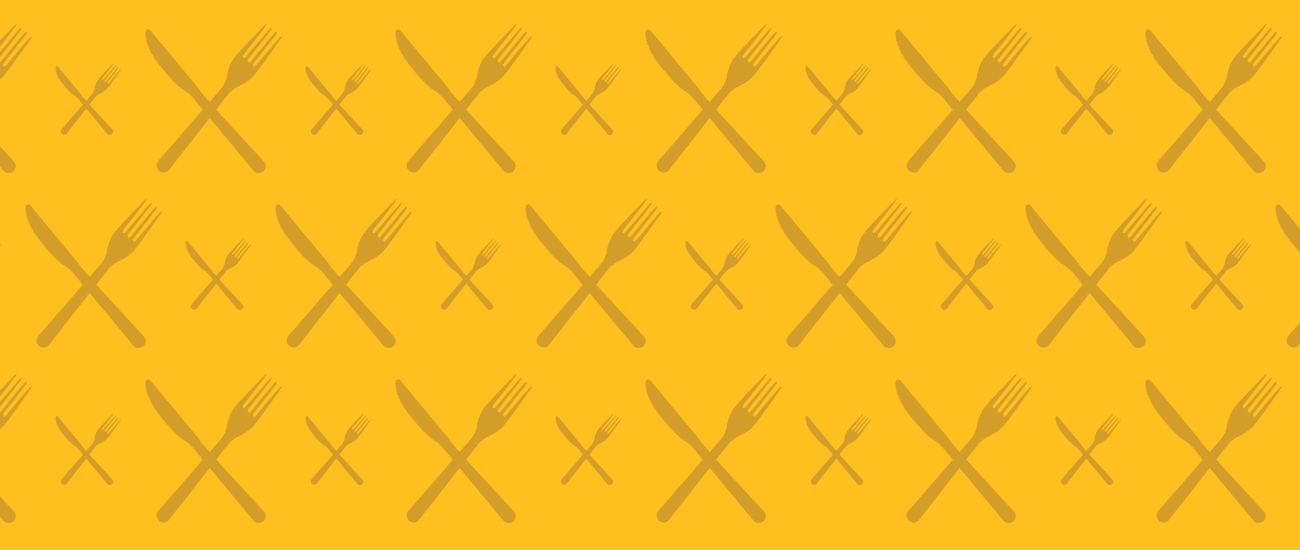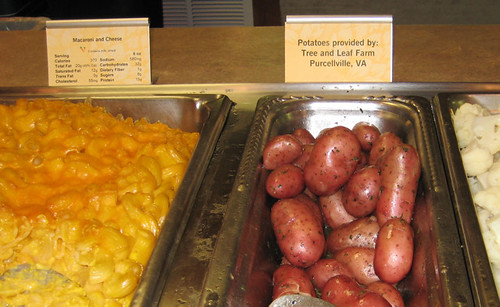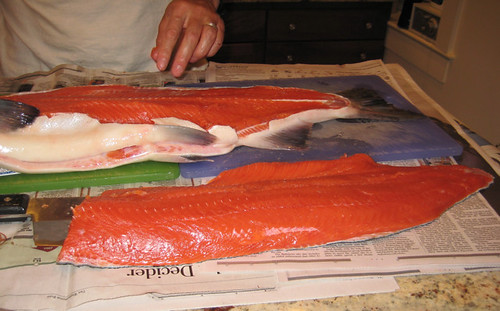I asked a range of people involved in local food systems to react to the announcements last week by the USDA in promoting local food. Here's what they had to say:
From California, Michael Dimock, president of Roots of Change:
After so many years in the trenches of the struggle to awaken the nation to the value of reconnecting with producers and the importance of food production, it is totally thrilling to see the USDA champion a valued cause. I agree with Secretary Vilsack that "local and regional food systems" are a powerful leverage point for economic, health, and environmental improvement. With this latest initiative, the People's Garden and the White House Garden, the Secretary and Administration are moving the nation into a new era, which I feel will be seen historically as a renewal and renaissance for American agriculture and rural communities, which have suffered degradation for too long. I heartily applaud the USDA, the Secretary and the President!
In the video announcement, Secretary Vilsack did point out that USDA will use "existing programs" to shed light on foodsheds. This is good, but the concept is so divergent from the past trend that we may find soon, that either existing programs will need significant retooling, or that a new, specialized program focused on peri-urban agriculture could be very powerful. But I am open to working with what we currently have, particularly until the next farm bill and given the effort to contain the deficit. The farm bill is the most logical place to reorient resources. I have faith that this Secretary and this Administration will be focused on what is needed to make it work.
From Oregon, Deborah Kane, vice president of farming and food, Ecotrust:
It’s fantastic. Secretary Vilsack posted a youtube video and invited the American people to join him in a conversation about food and the role it plays in our lives. That’s extraordinary. When he first joined the department he said USDA was the people’s department because it was the entity focused on food - something that is so sacrosanct to us all. He drew a subtle but important distinction and reminded us all that agriculture, while perhaps a secondary and nebulous thought to most, is what give us something we’re all intimately familiar with, food. Turns out he meant it. I love seeing him invite us to the table, so to speak, to talk about food as if we all have a vested interest. We indeed do.
And since he’s invited a real conversation, I suspect he’ll get it from both sides. Remember his confirmation hearing when the diminutive remarks were made about organic hobby farmers? This week Vilsack has legitimized “alternative” agriculture and I suspect will only continue to do so.
The funding announcements are also interesting. So far it looks like repackaging of old programs, which is great because, again, it elevates alternative agriculture and legitimizes it within the Department. Brings it out of the shadows, as it were. I’ll be watching too to see new funding streams come on line as well.
From Iowa, Rich Pirog, marketing and food systems initiative leader at the Leopold Center for Sustainable Agriculture:
The latest announcement further reinforces what has been over the past year and half strong interest and engagement on local and regional food from many of the federal USDA agencies I work with. We've had USDA folks at the national level come out to Iowa and interact with our local groups - it is quite encouraging.
I think a key to making these resources as effective as possible is the strength of the networks that must be built among the state and regional USDA agency representatives and the non-profits, farm organizations, university, and state departments of agriculture and health.
Here in Iowa we have a strong culture of collaboration across these different organizations, and so we are moving forward rapidly to ensure that these resources will be leveraged well with to make the difference with farmers, communities, students, and other groups.
From Pennsylvania, Chris Fullerton, director of consumer outreach, Pennsylvania Association for Sustainable Agriculture:
It’s certainly refreshing to hear the USDA encourage folks to ‘Know Your Farmer’ – our Buy Fresh Buy Local program in Pennsylvania has been making that call for almost a decade now as part of a nationwide effort led by the FoodRoutes Network – but to back up this slogan with actual bucks? That’s icing on the cake.










